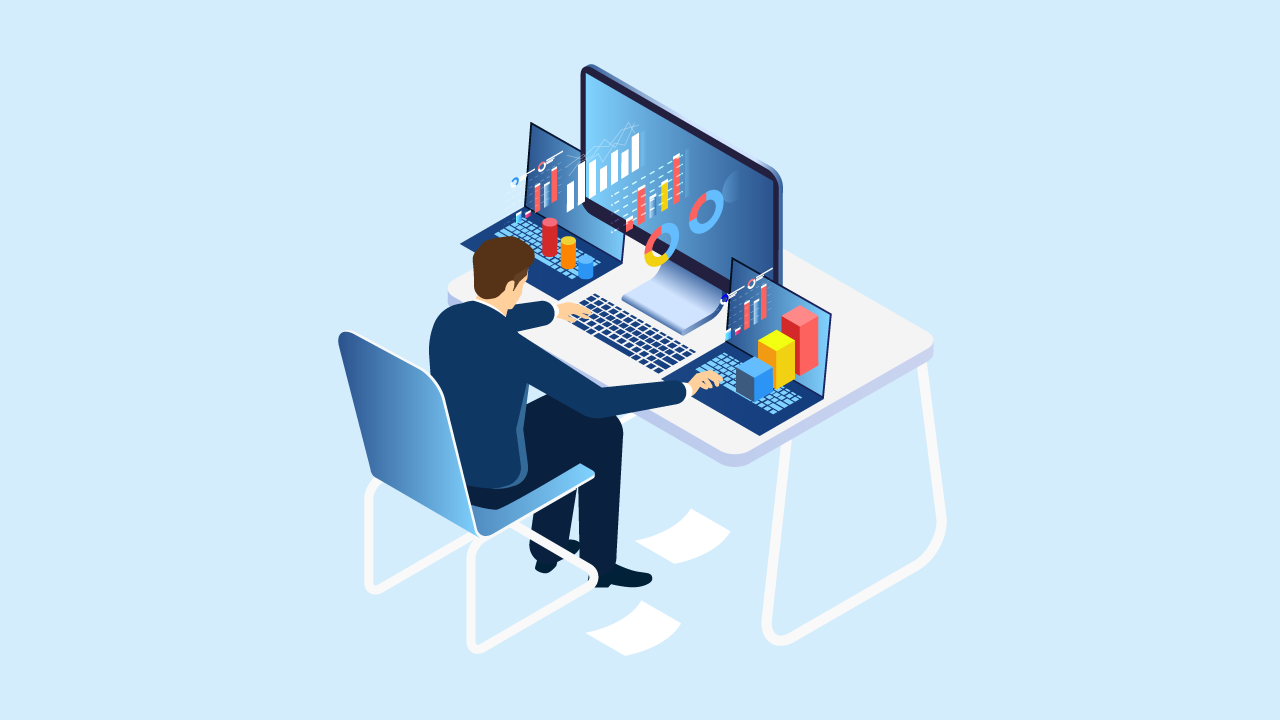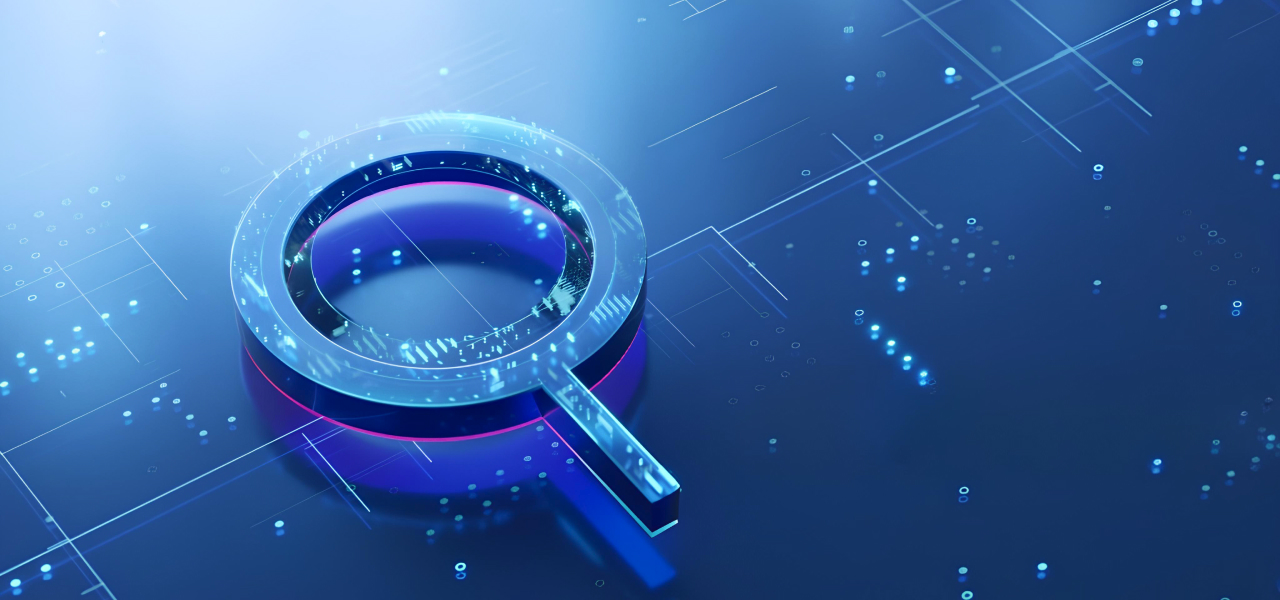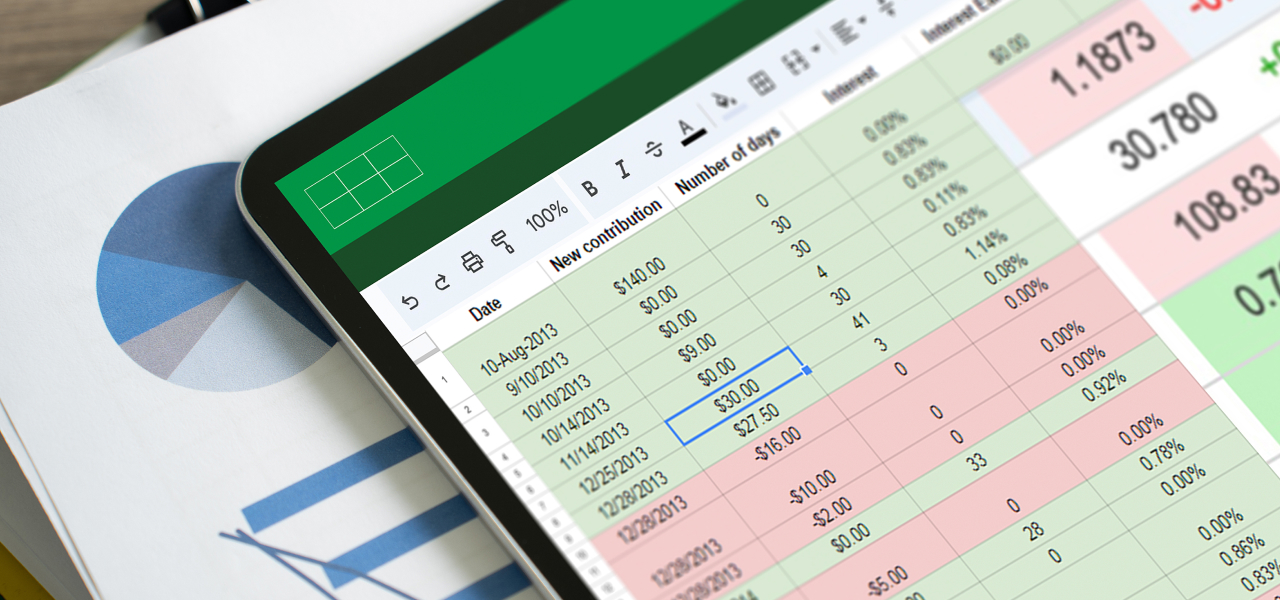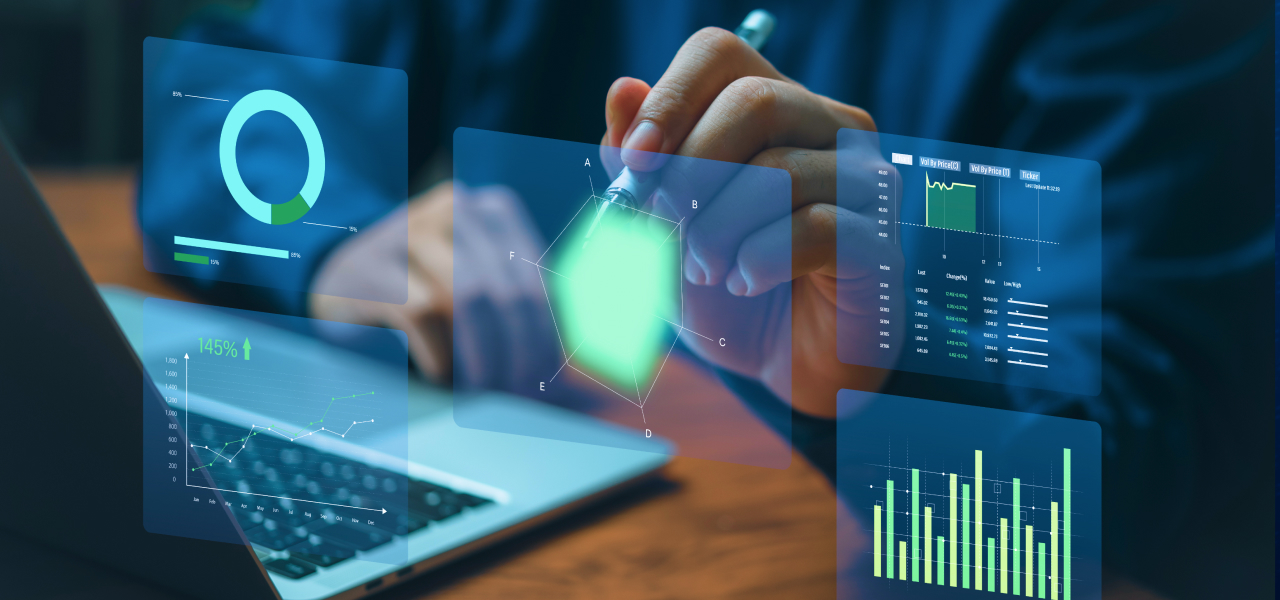Assessing the Need for Modernization in the Digital Age
Three words that are sure to give CTOs sleepless nights are legacy system modernization.
Most businesses are still using software solutions that are well past their sell-by date. Furthermore, these monolithic systems have become increasingly obsolete due to a lack of vendor support.
So, what do you do if your organization has significant financial and operational investments tied into legacy applications?
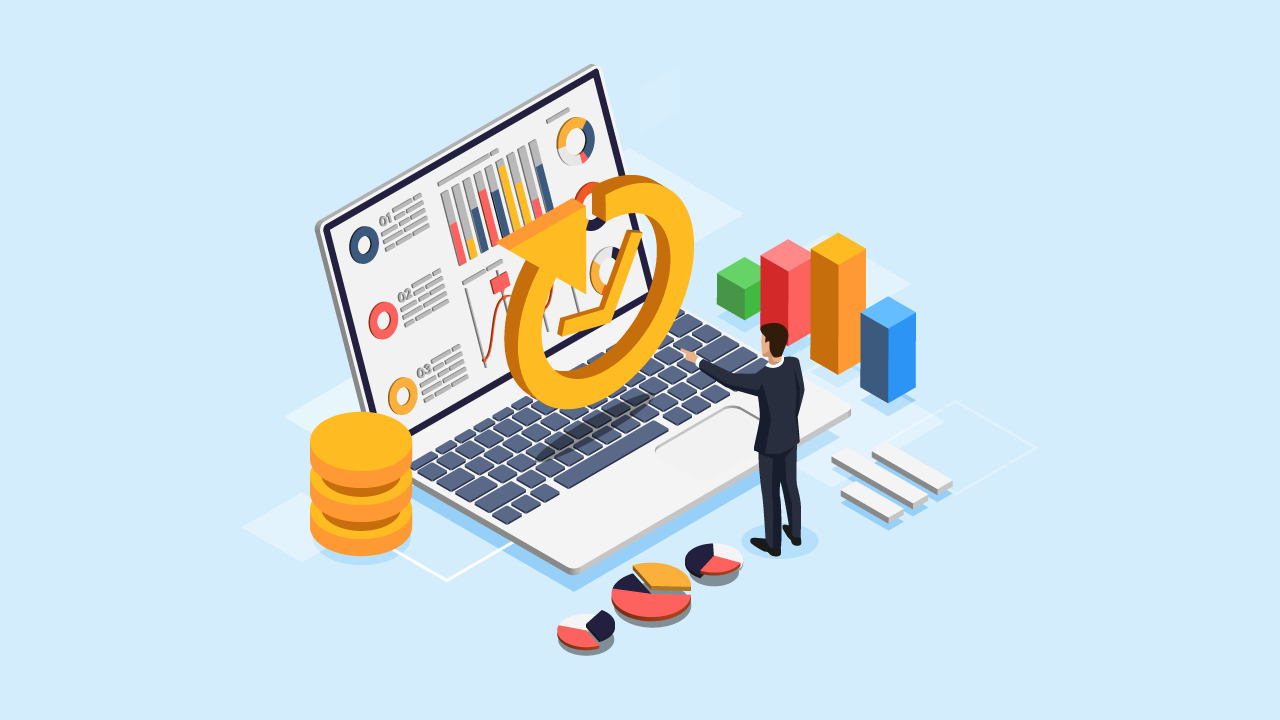
Legacy System Modernization
Eventually every CTO knows that a modernization initiative needs to happen before there is a significant breakdown and/or security issue. Careful planning is fundamentally important to minimize productivity disruptions for users.
What is a Legacy System?
Before we go any further, let’s define what exactly is a legacy system. A legacy system is outdated IT infrastructure, applications, and processes. Such systems are functional, yet they can be a financial burden to maintain, require hard-to-find IT skills to operate, and hinder an enterprise’s ability to innovate.
What is a Legacy System Upgrade?
Legacy system modernization is the process of converting legacy systems into cloud-based services. Monolithic legacy applications are updated into microservices, and on-premises data are migrated to the cloud for integration.
The process of legacy modernization starts when CTOs find themselves caught between keeping old, expensive hardware that can no longer interoperate with modern technologies and undertaking the task of overhauling the infrastructure to take advantage of a platform that better suits their business objectives.
The minimum goal of legacy system modernization is to achieve similar system parity, yet with operational improvements. The best-case scenario is to achieve significant leaps in performance, speed and innovation.
Legacy System Modernization Strategies
One of the most common modernization strategies used by businesses today is to keep their aging monolithic system but marry it to modern solutions like cloud technology platforms – e.g., Amazon Web Services (AWS) – to build a more robust IT architecture.
Once a cloud platform is in place, legacy system modernization allows you to optimize workloads and go serverless.
Today, it is even common for consumers to use legacy software – for example, Microsoft’s Internet Explorer (IE). Originally released in 1995, this now has eleven different base versions. But in 2022, the not-so-popular-anymore browser was discontinued.
So, what happened to IE users? Did the app just vanish? Of course not! Instead, consumers and businesses continue using IE to their heart’s delight. As time passes, though, the web browser will continue to fall behind in areas like security, compliance, and compatibility.
The Benefits of Upgrading Legacy Systems
Modernization offers the following payoffs:
- Operational efficiency: Modernized legacy systems enhance performance and improve user experiences for internal and external customers.
- Reduced costs: Removing monolithic apps, data center space and physical servers leads to a significant reduction in licensing costs for software and hardware.
- IT agility: With modernized systems, you can tune your environment to react faster to seasonal fluctuations, leverage data across the organization, integrate systems to optimize processes, adapt to business conditions or quickly jump on the next innovation opportunity to beat your competitors to the marketplace.
Planning for Legacy System Modernization
Whatever your legacy modernization project, it is important to prepare by focusing on these three areas:
- Assess your maturity
If your organization is attempting a legacy system migration for the first time and is at an early stage of maturity, you should focus on easier tasks such as multiple instances of the same application, different applications that manage the same business functions, or removing non-essential applications.
- Build a plan
Gather information around timelines, budgets and business needs to determine where modernization efforts will provide the biggest payoffs. As well as involving the IT team, your data, security and compliance teams should also be engaged at this stage of the modernization preparation process.
- Plan ongoing modernization stages
Application modernization should overarch every part of your IT and business processes. With today´s pace of technological innovation, there will always be areas that can be adapted and improved.
Challenges with Migrating Legacy Systems
Upgrading legacy systems can be challenging in companies where resistance to change exists.
-
Reluctant IT personnel
Change is inherently hard. It can be even harder when the legacy system is mission critical. Changing such a legacy application entails re-training your staff, giving them time to adjust, or even outsourcing. IT personnel in charge of the legacy software may view a system overhaul as a threat to their job security.
This IT transformation invariably impacts upon other departments, which may take valuable resources away from the core operations. Managing these organizational transformations poses a challenge for CTOs.
-
Significant capital outlay
Technological advances keep coming, and each change may cost your company a small fortune. Which change is worth your well-earned profit, and how can you prolong its life cycle to recover the investment before the next one? A suggestion is to prioritize the functions that promise to generate enough return to pay for themselves. Keep firm priorities to navigate the confusion and adaptation during the transition to a new system. Avoid simultaneous modernization; take it step by step.
-
Technological challenge from legacy code
Software re-engineering developers need the competencies of handling both legacy code structure and current coding standards. Fixing other developers’ codes often causes headaches among software engineers. Thus, refactoring existing codes requires people with high IT literacy and relevant experience to proceed with care.
Fixing other developers’ codes often causes headaches among software engineers
Conclusions
Most organizations have significant financial and operational capital tied into their legacy applications.
Application modernization enables enterprises to preserve their legacy systems while gaining the advantages of digital technologies. Through modernization, you can transform your IT ecosystem with automation, AI, big data, and machine learning. At the same time, you can safeguard your investments in legacy software.
Legacy modernization offers a myriad of benefits, including process and productivity improvements, stronger security and a better customer experience. Combined, these translate into greater long-term profitability.
If organizations persist with legacy systems, areas like security, compliance, productivity, and the user experience are all at risk of lagging behind. Whether in-house or outsourced, you can only persist in using legacy software for so long. The future replacement of existing business applications is a one-hundred-percent certainty.

